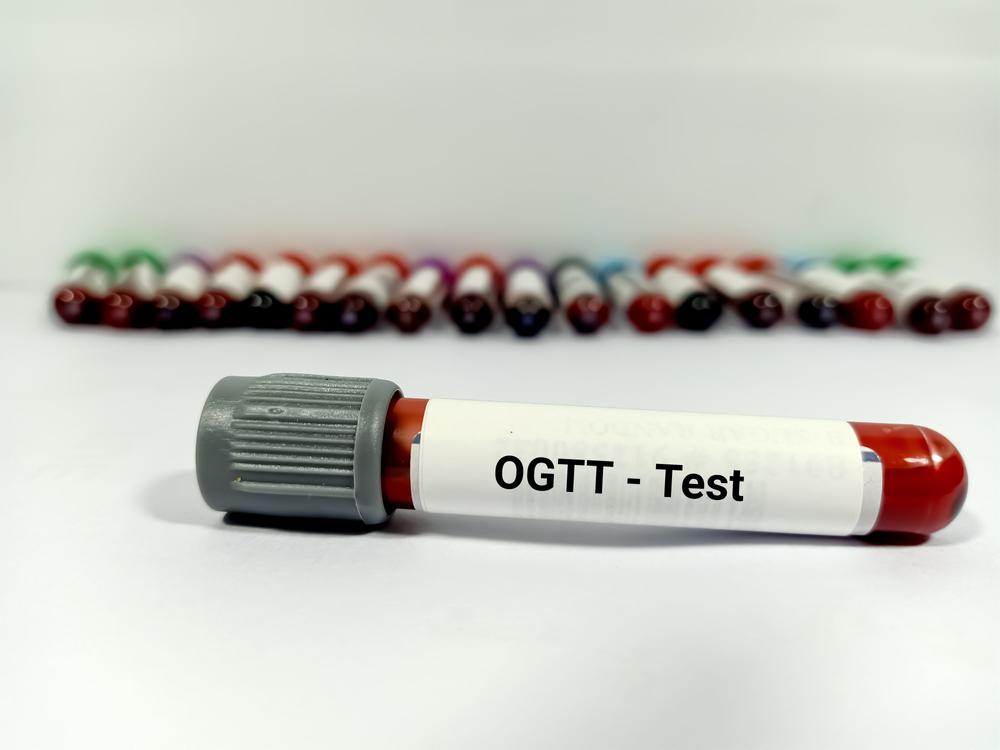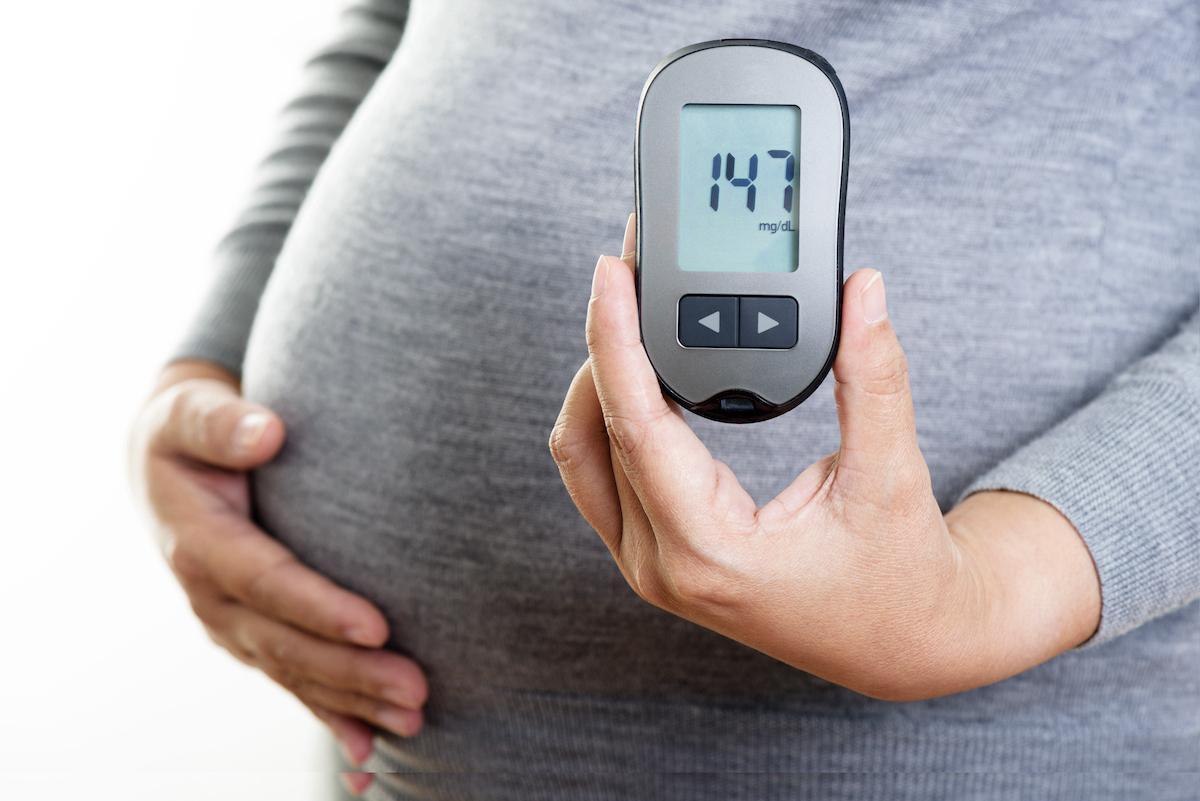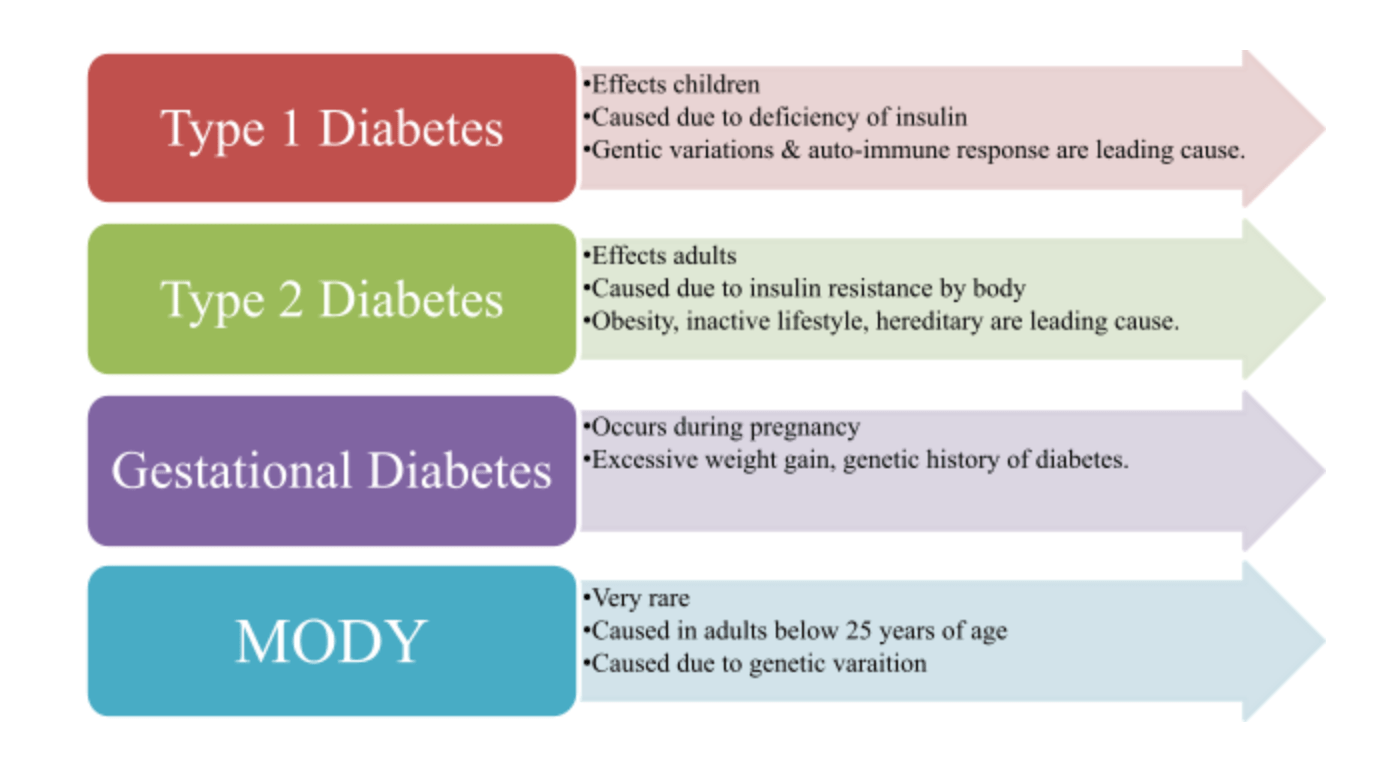Last updated on September 29th, 2023

Monitoring your blood glucose level is an important part of healthcare. Your blood sugar level tells a lot about your health. There are numbers of blood glucose monitoring tests to measure your blood glucose levels. Oral Glucose Tolerance Test (OGTT) or Glucose Tolerance Test is one of them. This test checks the ability to respond to the consumed glucose from the food you eat. Mainly, this test helps in screening type-2 diabetes and gestational diabetes.

What is Oral Glucose Tolerance?
Oral Glucose tolerance is the ability of your body to tolerate or handle the consumption of glucose. It is the capability of your body to metabolize the blood glucose. An Oral glucose tolerance test provides you the details of how quickly your body is absorbing glucose into your bloodstream. Generally, the rate of absorption of glucose depends upon the quantity of consumed glucose.

Purpose of oral glucose tolerance test
This test helps in determining the ability of your body to manage glucose in your bloodstream. It involves a comparison of glucose levels in the blood before and after drinking the sugary solution. The doctor may recommend this test for diabetes, insulin resistance, reactive hypoglycaemia, disorders of carbohydrate metabolism, and impaired beta-cell function. However, this test is not for those who already have diabetes.
Reliability of Oral glucose tolerance test
OGTT is one of the most reliable tests for detecting type-2 diabetes and gestational diabetes. You can get accurate results if you:
- Go off birth control pills
- Avoid diuretics before the test
- Follow your doctor’s instructions given
- Stop taking some medicines that alter your test results
Difference between intravenous and oral glucose tolerance test
Intravenous (IVGTT) glucose tolerance test and oral glucose tolerance test (OGTT) are similar. However, their purposes are different. In IVGTT, insulin is injected into a vein. Later, the blood glucose levels of the patient are checked. This helps in assessing the insulin sensitivity of the patient. On the other hand, the patient has to drink oral glucose (sugar) solution before OGTT. It helps in monitoring the ability of your body to use blood glucose.
Advantages of oral glucose tolerance test
It is the most sensitive test than the fasting plasma glucose test and the hemoglobin A1C test. Therefore, this test gives the most accurate results. It better identifies people with diabetes. Though, diabetes confirmation may need repeated tests.
Also read:- Controlling diabetes with diet and exercise
Preparations for the oral glucose tolerance test
This is an elaborated and frequent done blood test. It helps you to keep track of your increased blood sugar level. There are few special requirements to follow to get reliable results for this test:
- You need to fast for around 8-10 hours to get accurate results.
- Inform your doctor about the prescription medicines you are taking.
- Make sure you are in the best of your health. OGTT is not for a sick person.
- You need to eat and drink normally.
- You should not smoke or consume caffeine.
Process of oral glucose tolerance test
You should take this test in the morning. You can take either a two-hour test or a three-hour test. Make sure your stress and anxiety level are in control. These can affect your results of blood sugar tests.
The process of OGTT is that the healthcare provider will:
- take your blood sample from your arm while empty stomach for a test.
- ask you to consume a sugary drink.
- take your blood sample for a total of 2 or 3 hours every 20-30 minutes.
Types of Oral Glucose Tolerance Test
There are mainly three types of oral glucose tolerance test:
- For Adults: It is a 2-hour test for healthy adults. The healthcare executive draws your blood 2 hours before and after drinking the sugary solution. For a type-2 diabetes test, a person has to drink about 235 ml of a sugary solution. This solution contains 75 grams of sugar.
- For Pregnant Women: A pregnant woman has to wait for 3-hours for this test. The healthcare executive takes your blood in one, two, and three hours before and after drinking the sugary solution. For detecting gestational diabetes, a woman has to drink about 235 ml of a sugary solution. This solution will contain 100 grams of sugar.
- For Kids: OGTT for kids is also a 2-hour test. In this test, the healthcare executive draws blood at an interval of 1 hour for a total of 2 hours. It means he/she draws blood 2 times for testing. One time before drinking sugar solution and the second time is 1 hour after drinking sugar solution. The kid has to drink 1.75 grams of sugar solution per kilogram of body weight.
Evaluation of the results of Glucose Tolerance Test (GTT)
Evaluation of glucose tolerance test can be done for type 2 diabetes patients and gestational diabetes patients. The readings of GTT test differs for normal, diabetic, and gestational diabetes patients.
You can get one of the following interpretations from the glucose tolerance test results:
Glucose Tolerance Test for Type-2 Diabetes:
- Normal results: A person has normal blood sugar levels when all the values between 0 and 2 hours are less than 140 mg/dL. You are on the safer side in this case.
- Impaired Glucose (Sugar) Tolerance: Fasting plasma glucose levels between 140 and 199 mg/dL shows that a person has impaired glucose tolerance or prediabetes. It means that your blood glucose level is higher than normal. However, it is not high enough to diagnose diabetes. Timely treatment of prediabetes prevents the development of diabetes.
- Diabetes: A person is diabetic when blood sugar levels are high for two diagnoses done on different days. The two hours glucose level higher than 200 mg/dL and fasting glucose level higher than 126 mg/dL indicate that a person is diabetic. You need to immediately see your doctor and start with your diabetes management.
Your doctor may ask you to repeat the same test the next day if the results of the glucose tolerance test indicate type-2 diabetes. On the next day, another bloodstream is used to confirm the diagnosis.
Glucose Tolerance Test in Pregnancy For gestational Diabetes
- Normal results: Glucose tolerance test normal values for pregnant women while fasting is lower than 95 mg/dL. The normal blood glucose value is lower than 180 mg/dL after one hour of drinking the sugary solution. Your normal blood sugar level will not exceed 155 mg/dL and 140 mg/dL after two and three hours respectively of drinking the sugary solution.
- Impaired Glucose (Sugar) Tolerance: Pregnant women can have gestational diabetes in case the fasting plasma glucose level in the test results is more than 95 mg/dL. Your one-hour glucose test is higher than 180 mg/dL if you are prediabetic. A two-hour glucose test result greater than 153 mg/dL enables you to immediately contact your doctor.
- Diabetes: Anyone whose result of your blood glucose level in the Oral Glucose Tolerance Test higher than the normal value shows that a pregnant woman has gestational diabetes. Your doctor will hence suggest you repeat the test another day. This helps in confirming gestational diabetes.
Need of Glucose Tolerance Test during pregnancy

The main purpose of conducting a glucose tolerance test in pregnancy is to diagnose gestational diabetes. It is a kind of diabetes more likely to develop during pregnancy. OGTT is done between 24-28 weeks of gestation. You can take this test postpartum to detect diabetes. There are chances that a woman having gestational diabetes may not have diabetes for the rest of her life.
Also Read: A1C Chart
Side effects of oral glucose tolerance test
Glucose tolerance test generally, does not have any risk factor. However, you will be monitored throughout the test to prevent your blood sugar from dropping or shooting up. However, people with high diabetes may experience some sort of side effects in response to drinking the glucose solution. They can experience nausea, stomach discomfort, constipation, or diarrhea. Swelling and redness or infection at the puncture site, dizziness, and fever are the few side effects of sample collection.
Summary:
The human body is capable of breaking down the carbohydrates from food to produce glucose. This glucose enters your bloodstream to provide energy to your body. This test basically measures your blood glucose levels four to five times over a period of three hours. The healthcare provider first takes your baseline blood sample. The next sample he/she takes two hours after drinking the glucose solution. You will have diabetes if your blood glucose levels are higher than normal and do not drop down quickly.
Also read:- Diabetic retinopathy treatment
FAQ’s:
How long will it take to test?
Can I drink water before the test?
Drinking water generally does not affect the results of OGTT. Still, it is recommended to drink water in small portion. You can take small sips of water. Avoid drinking a lot of water.
What is the cost of OGTT?
The cost of OGTT varies from one pathology lab to the other. It also varies from city to city. However, the average cost of this test all over India is Rs. 300. However, you can take online help to know the average cost of this test in your city.
Is the glucose tolerance test reliable?
Yes, both the glucose tolerance test as well as the oral glucose tolerance test is reliable. There are certain conditions when other tests may fail to confirm diabetes. The mentioned tests are the most appropriate option when you have symptoms of diabetes but no test proof.
What are the preparations required for the oral glucose tolerance test?
You need to fast overnight for about 8 to 16 hours for an oral glucose tolerance test. Along with this, you should participate in all your daily activities. Avoid smoking and consuming caffeine before the test. A sick person cannot take this test.
References:
- https://www.medicalnewstoday.com/articles/312625
- https://labtestsonline.org/tests/glucose-tolerance-test
- https://medlineplus.gov/ency/article/003466.htm
- https://www.medifee.com/tests/glucose-tolerance-test-cost/
- https://www.medicinenet.com/glucose_tolerance_test/article.htm
Disclaimer
This site provides educational content; however, it is not a substitute for professional medical guidance. Readers should consult their healthcare professional for personalised guidance. We work hard to provide accurate and helpful information. Your well-being is important to us, and we value your feedback. To learn more, visit our editorial policy page for details on our content guidelines and the content creation process.

 English
English










